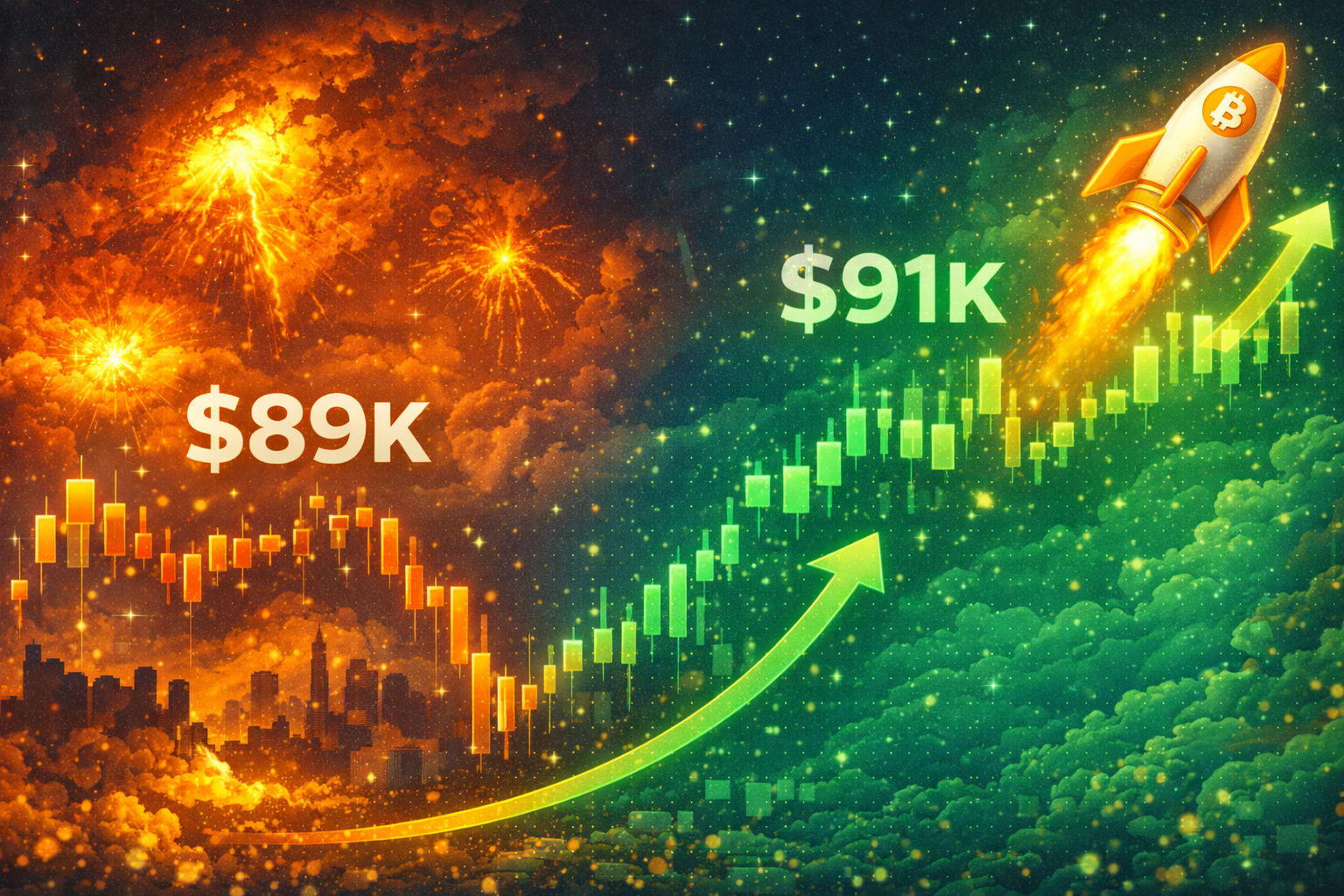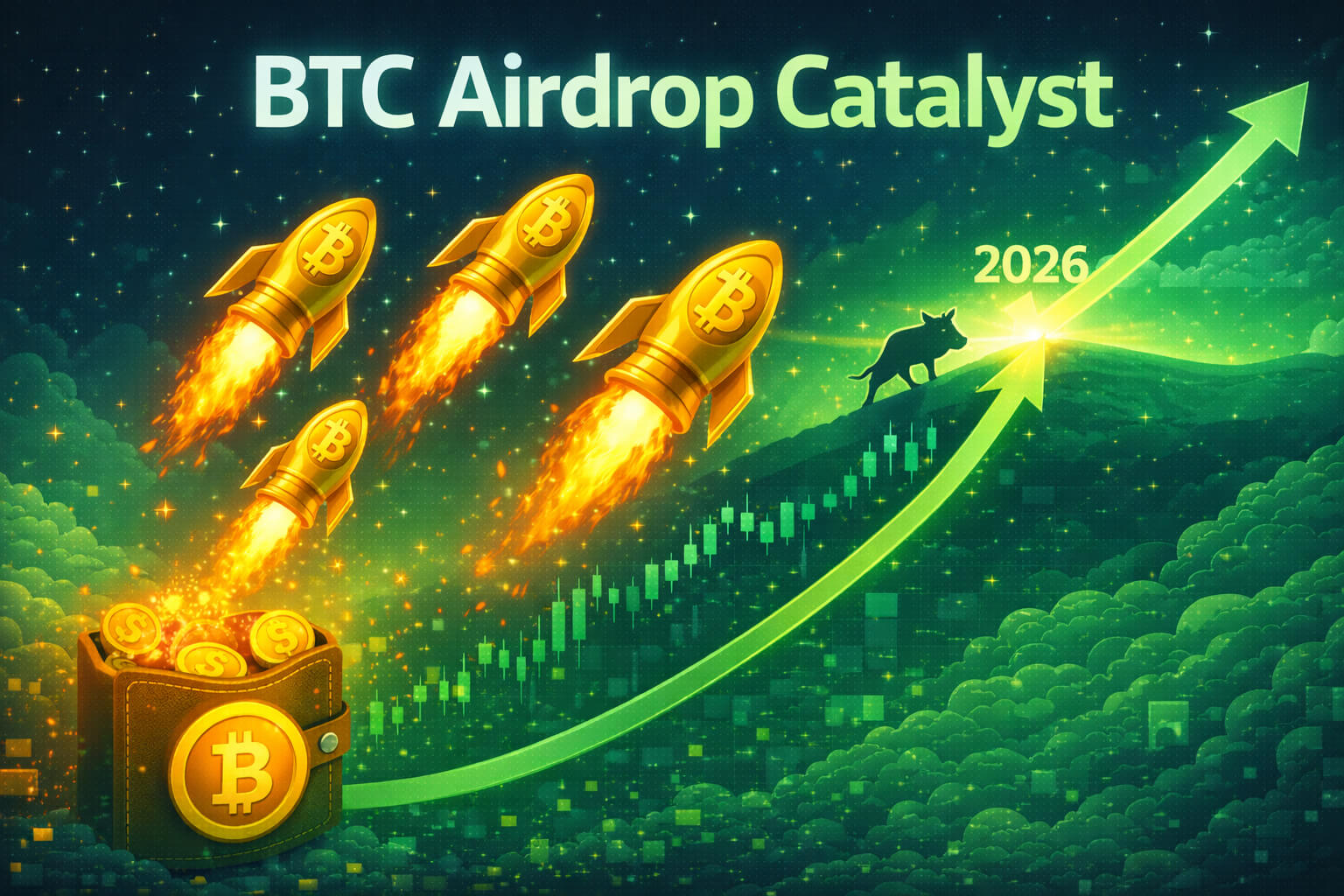Why Solana is Gaining Popularity: Exploring the Factors Behind its Rise
In the crowded landscape of blockchain platforms, Solana has quickly emerged as a strong contender, attracting attention for its speed, scalability, and growing ecosystem. As more projects, developers, and investors flock to this high-performance blockchain, the question arises: Why is Solana gaining so much popularity? In this blog, we’ll delve into the reasons behind Solana’s rapid rise, its unique features, and how it’s positioning itself as a leader in the next generation of blockchain technology.
What is Solana?
Solana is a high-performance blockchain that aims to provide fast, secure, and scalable decentralized applications (dApps) and crypto-currencies. Launched in 2020, Solana has quickly become one of the most prominent blockchain platforms, thanks to its ability to process thousands of transactions per second at a fraction of the cost of other leading blockchains like Ethereum.
Solana’s technology is designed to support a wide range of decentralized applications, from DeFi platforms to NFTs, making it a versatile and powerful option for developers and businesses alike.
To get a better understanding of what Solana is and how it works, you can explore Solana’s Guide.
Why Solana is Gaining Popularity
Several key factors contribute to Solana’s growing popularity in the blockchain space. Here’s a closer look at what sets Solana apart and why it’s attracting so much interest:
1. High Transaction Speed and Scalability
One of the most significant advantages of Solana is its high transaction speed. Solana is capable of processing over 65,000 transactions per second (TPS), a stark contrast to Ethereum’s 15-45 TPS. This impressive speed is made possible by Solana’s unique Proof of History (PoH) consensus mechanism, which timestamps transactions before they are processed, allowing for a high degree of parallelism and efficiency.
This scalability ensures that Solana can handle a large volume of transactions without slowing down or increasing fees, making it an attractive platform for high-throughput applications such as decentralized finance (DeFi) platforms, gaming, and decentralized exchanges (DEXs).
For those interested in the technical details of Solana’s Strengths and Weaknesses, you can read more in this in-depth article.
2. Low Transaction Costs
Another major reason behind Solana’s popularity is its low transaction costs. As of now, the average transaction fee on Solana is just a fraction of a cent, making it significantly cheaper than other blockchains like Ethereum, where gas fees can skyrocket during periods of high demand.
This affordability has made Solana particularly appealing to developers and users of DeFi applications, where frequent transactions are necessary. Lower fees reduce the cost of using the platform, allowing for a broader range of applications and increasing accessibility for users across the globe.

3. Robust Ecosystem and Developer Support
Solana’s ecosystem is expanding rapidly, with a growing number of projects choosing to build on its network. From DeFi platforms like Serum to NFT marketplaces like Solanart, Solana’s ecosystem is becoming increasingly diverse and vibrant.
Additionally, Solana offers strong developer support, with extensive documentation, tools, and resources available to help developers build on the platform. The Solana Foundation also runs grants programs and hackathons to encourage innovation and growth within the ecosystem.
4. Active Community and Strong Partnerships
A dedicated and active community plays a crucial role in the success of any blockchain platform, and Solana is no exception. The Solana community is highly engaged, with frequent events, online discussions, and collaborative projects. This strong community support helps drive awareness, adoption, and continuous improvement of the platform.
Moreover, Solana has secured partnerships with several major players in the crypto space, further boosting its credibility and adoption. Partnerships with companies like FTX, Tether, and Chainlink have helped solidify Solana’s position as a leading blockchain platform.
5. Future-Proofing with Innovations
Solana is not just about speed and low costs; it’s also a platform that continues to innovate. The team behind Solana is constantly working on upgrades and new features to ensure that the network remains competitive and can adapt to future challenges.
For instance, Solana’s commitment to supporting cross-chain functionality, enabling interoperability with other blockchains, positions it well for the future of decentralized finance and multi-chain ecosystems.
Potential Challenges for Solana
While Solana has made impressive strides, it still faces several challenges:
- Centralization Concerns: Some critics argue that Solana’s network is more centralized than other blockchains, with a relatively small number of validators compared to networks like Ethereum. Overcoming these concerns will be important as Solana continues to grow.
- Network Outages: In 2021, Solana experienced network outages that raised questions about its stability and reliability. Addressing these issues will be crucial to maintaining user trust and confidence in the platform.
- Competition: The blockchain space is highly competitive, with platforms like Ethereum, Binance Smart Chain, and Avalanche also vying for dominance. Solana will need to continue innovating to stay ahead of the competition.
FAQs
1. What is Solana, and how does it differ from other blockchains?
Solana is a high-performance blockchain designed for fast, scalable, and low-cost transactions. Unlike other blockchains, Solana uses a unique Proof of History (PoH) consensus mechanism to achieve high throughput and low fees.
2. Why are transaction fees so low on Solana?
Solana’s architecture allows it to process a large number of transactions per second, which keeps the network from becoming congested. This efficiency helps maintain low transaction costs, even during periods of high demand.
3. What types of projects are being built on Solana?
A wide range of projects are being built on Solana, including decentralized finance (DeFi) platforms, NFT marketplaces, gaming applications, and decentralized exchanges (DEXs).
4. What challenges does Solana face in the future?
While Solana has grown rapidly, it faces challenges such as concerns about centralization, network stability issues, and competition from other blockchain platforms. Addressing these challenges will be key to its continued success.
Conclusion
Solana’s rise in popularity is no accident. With its high transaction speeds, low fees, expanding ecosystem, and strong community support, Solana has positioned itself as a formidable player in the blockchain space. As more developers, projects, and users turn to Solana for its unique advantages, the platform’s growth is likely to continue in the coming years. However, like any rapidly growing technology, Solana will need to address challenges such as centralization and network reliability to maintain its momentum and continue thriving in the competitive blockchain landscape.
For more insights and detailed guides on cryptocurrency, visit our Crypto Guides Section.
Stay Updated
For the latest updates on cryptocurrency trends and news, follow us on:
- Twitter: https://twitter.com/FreeCoins24
- Telegram: https://t.me/freecoins24
Stay informed with the latest strategies and insights in the world of cryptocurrency at FreeCoins24.io.
Special Offer
For an enhanced trading experience, consider Bybit. Sign up through our referral link to unlock exclusive rewards, including up to $30,000 in deposit bonuses, and elevate your trading journey.

















